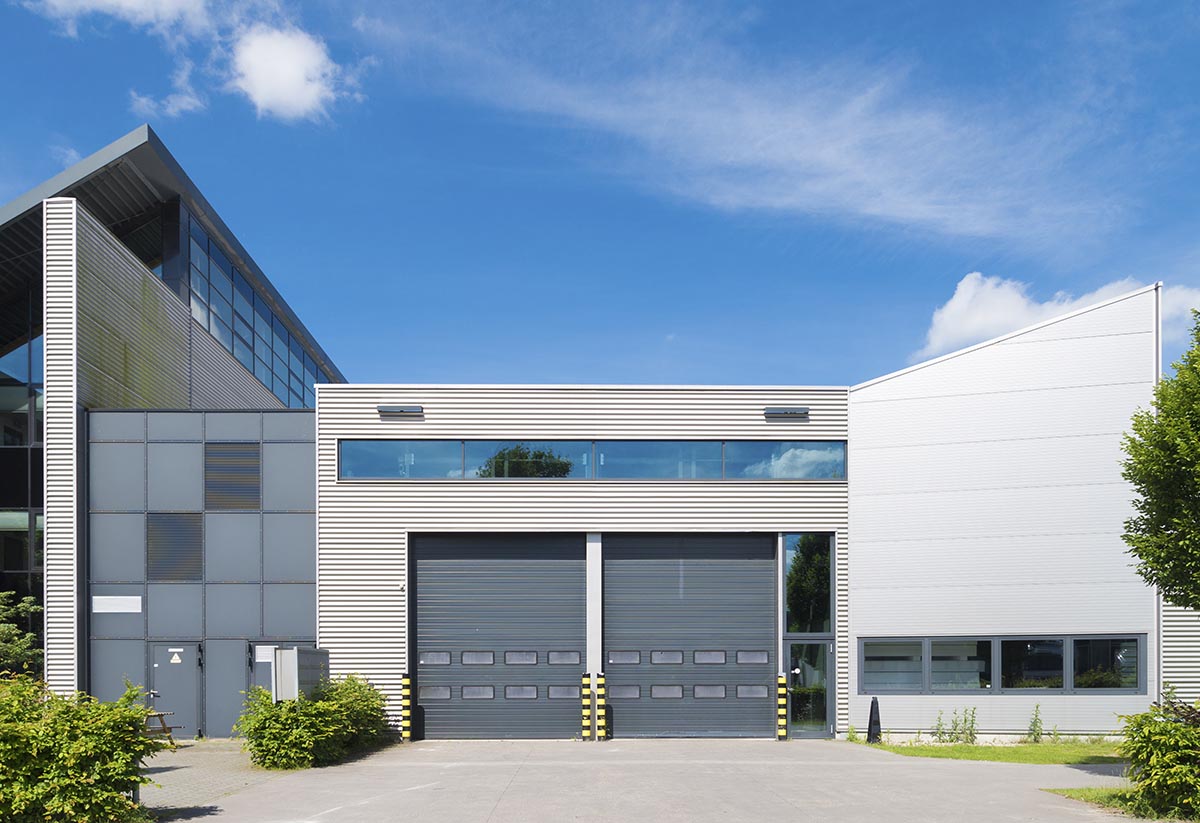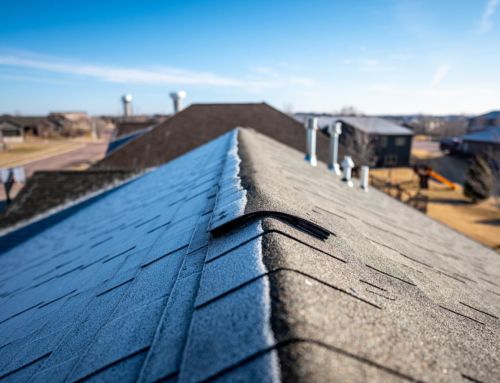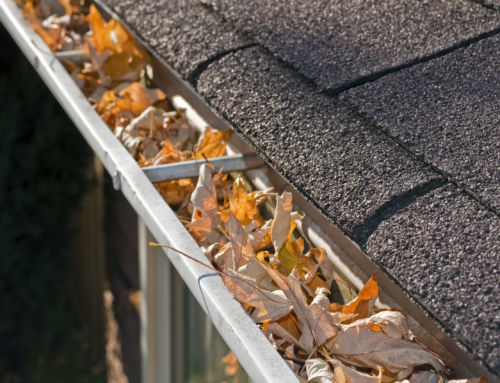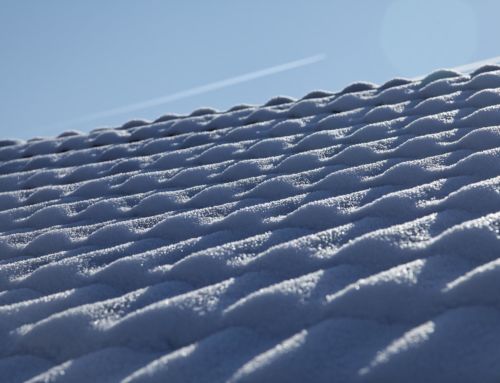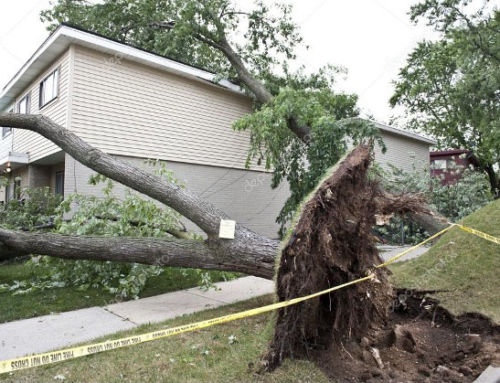Bad weather has been hitting the country hard, and it’s important to make sure your commercial roof is inspected. Snow and ice can cause significant damage to your property if you are not prepared for the changing elements.
This commercial roof inspection checklist consists of what a professional inspector will look for during an evaluation.
Building owners can avoid expensive repairs caused by the changes in seasons and temperatures by performing their own routine inspections and light maintenance, or by hiring a professional commercial roofing contractor to take care of this work for them.
9 Points to Consider During a Commercial Roof Inspection
From ice dams around drains to a roof leak, there are many problems to watch out for during commercial building inspections.
Through reliable and consistent winter roofing maintenance and inspection, these costly damages and roof repairs can potentially be avoided by ensuring you have an expert inspector that knows to follow these ten key steps.
-
Conduct a Detailed Roof Inspection
If you want to ensure your commercial roof is in good condition, your roofing contractor will need to do a complete inspection.
The only way you can fix a lurking problem is by knowing it is there. A professional inspection will help you look at some of the following problem areas:
- Surface membranes
- Roof vents
- Flashing
- Field tears
- Gutters
- Drainage pipes
A regular commercial roof inspection gives you the chance to spot problems before they become a major issue. Summertime winds can cause tiny cracks, which can expand during wintertime, wind-related cracks as well as clogged gutters can be discovered before the potential issue turns into costly damages that need repaired.
-
Clean Debris
In this step your inspector will check for any debris that needs to be removed from your roof. Debris like branches, leaves, and other trash from drains and roof corners will need to be removed so water can easily drain from your rooftop.
-
Inspect for Ponding Water
Your inspector will also check for evidence of ponding water by looking for slow-draining lines and areas that are blocked. There may be color changes or stains on the roof around drains if water has sat for any length of time.
This professional evaluation will be able to discover if any underlying damage has been caused due to standing water.
-
Inspect the Flashing
Flashing details like stacks, walls, and curbs should all be inspected. Their goal is to find any cracks or crevices, so they can be repaired before worse weather comes around.
Cracks and other failures are more common around transition points. This is particularly frequent in areas where the flashing goes from flat to vertical because there is more stress on these sections of the building. If any flashing issues are found, get it repaired prior to the weather cooling down.
-
Check the Field for Any Cracks or Tears
A thorough commercial inspection of the roof field will need to be done as well. Due to any debris found, any signs of cuts or tears in your roofing system will need to be found before structural damages are incurred.
-
Inspect Terminations in Parapet Walls
These terminations around parapet walls should be properly sealed.
Your expert inspector will look at the base of the wall to see if there are any signs of failure or cracking. Ensure these issues are addressed to prevent much larger damages down the line.
-
Check the Edge Detail
All edge materials should be secured down tightly and terminated. If they aren’t, a professional will need to properly secure anything coming loose to close gaps that allow elements inside. This is especially important near the windward edges because these areas are the most likely to lift or shift in a storm.
-
Check the Gutters
Gutters and drains can also play a role in ponding water and will need to be checked.
If your gutters are clogged, water will be more likely to pool on your roof.
On other roof types, especially those that are asphalt based, this ponding can quickly lead to roof failure, especially during the winter.
To prevent this from happening, remove any debris that has built up in your gutters.
-
Evaluate Your Downspouts
Finally, the downspouts and downspout terminations at ground level should be inspected. Sometimes, these sections become damaged or crushed from things like lawn maintenance to passing vehicles. If they are damaged, they will need to be replaced to prevent further problems from developing. Downspouts will also be checked for any blockage.
Prepare Your Roof for Every Season
Through the right roofing techniques and proper maintenance, Gen 3 Roofing can prevent expensive damages to your roof as the environment continues to go through its seasons.
With scheduled inspections for your commercial roof, any potential damages can be discovered and before they lead to hefty repair bills or interior damages.
If you are concerned and want to prepare your business location for all the weather elements our team of roofing professionals can help make sure all of this is taken care of for you.
Schedule your no cost, no obligation roof evaluation today or give Gen 3 Roofing a call for more information at 303-923-5039. Gen 3 Roofing has offices in Colorado and Arizona to serve all of your commercial roofing needs.

